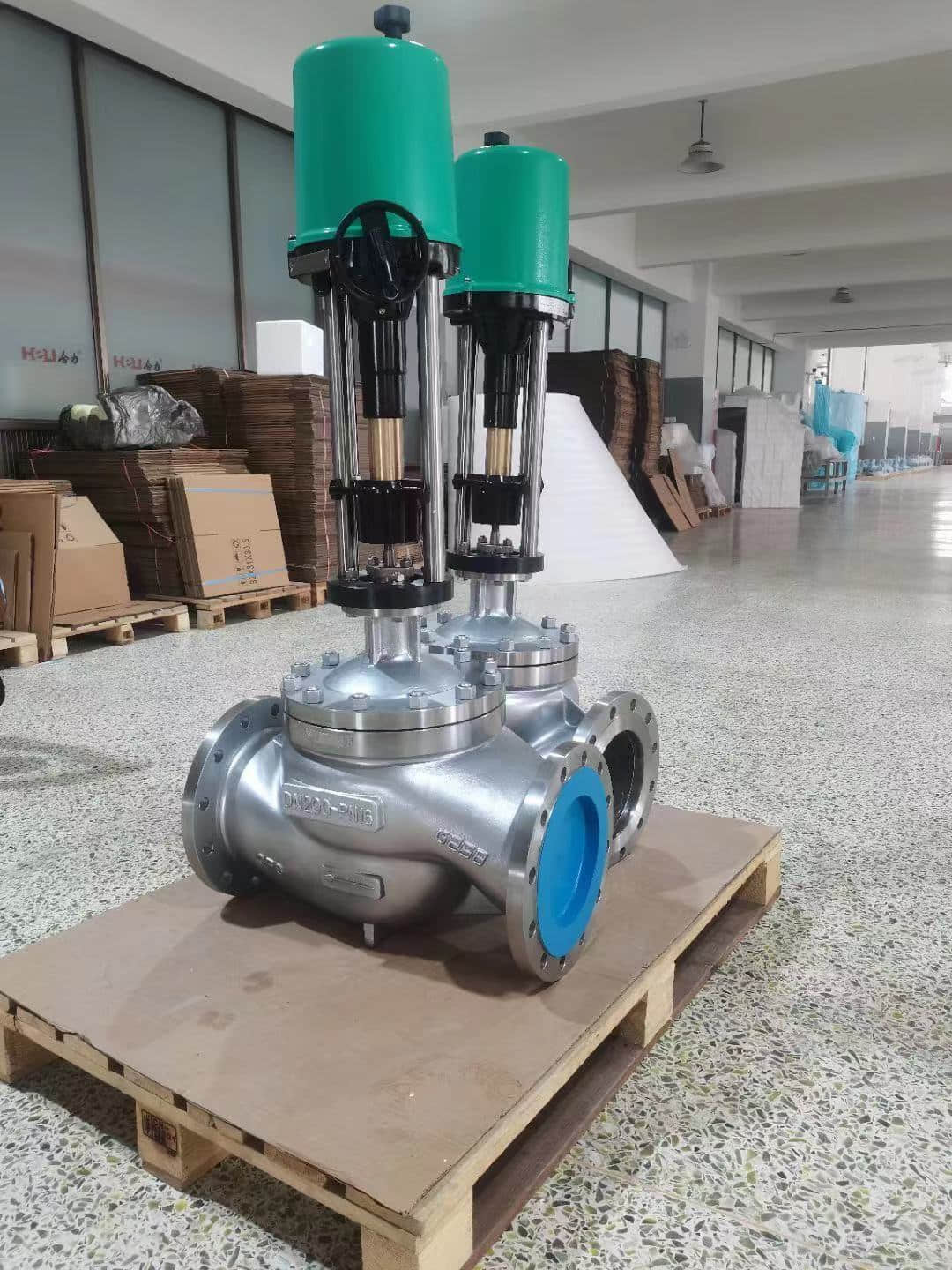understanding the wcb electric single seat regulating valve: functionality and applications
Release time:2024-12-11 12:29:35
The WCB Electric Single Seat Regulating Valve is an essential component in various industrial processes, particularly those involving fluid control. This valve is designed to precisely regulate flow rates, pressure, and temperature, making it crucial for maintaining optimal operating conditions in a range of applications. In this article, we will explore the design, functionality, advantages, and applications of the WCB Electric Single Seat Regulating Valve.

Design and Construction The WCB Electric Single Seat Regulating Valve features a straightforward yet effective design. It typically consists of a valve body, a seat, a stem, and an actuator. The valve body is crafted from high-quality materials, such as carbon steel or stainless steel, to ensure durability and resistance to corrosion. The single seat design means that the fluid flow path is streamlined, which reduces pressure drop and improves efficiency.
One of the distinguishing features of this valve is its electric actuator. This actuator is responsible for the precise control of the valve opening and closing. Unlike pneumatic or hydraulic actuators, electric actuators offer several advantages, including easier installation, reduced maintenance requirements, and enhanced control accuracy. The actuator can be integrated with various control systems, allowing for automated operation and remote monitoring.

